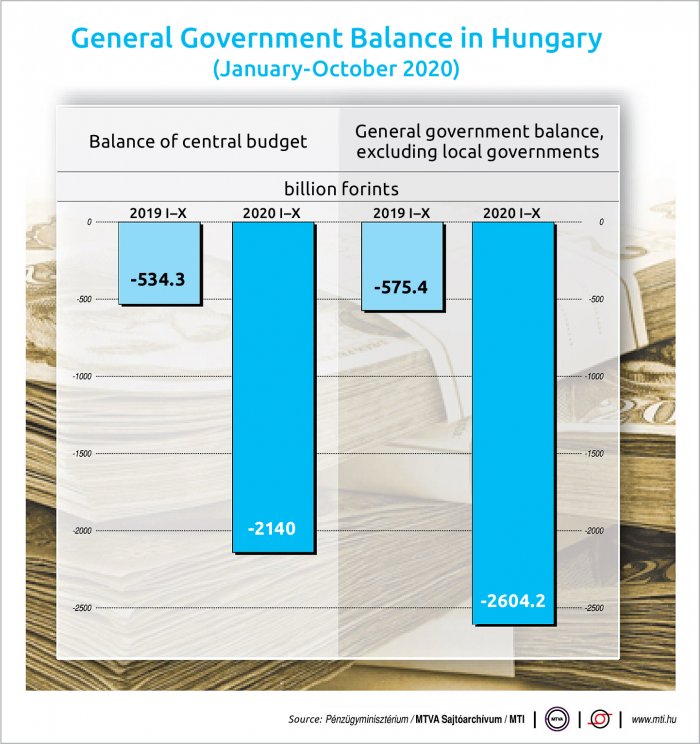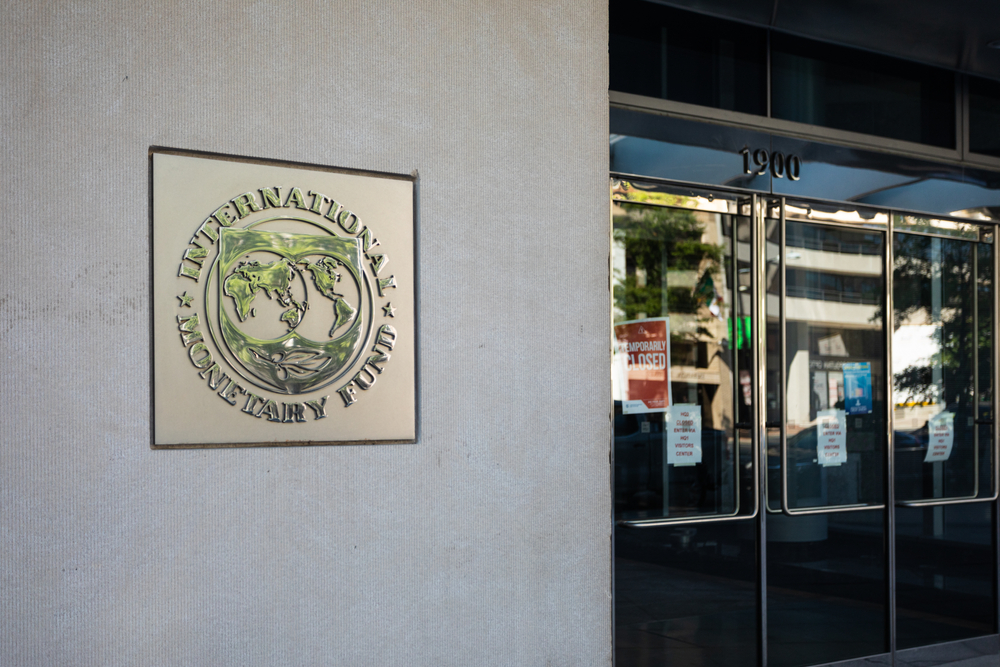Despite Promising Data, ‘W’-shaped Recovery Lies Ahead

A slow recovery from the pandemic crisis started in the third quarter of the year, latest data from the Central Statistical Office shows. Performances in most industries were up from the previous quarter; however, analysts unanimously warn that the crisis is far from being over.
Hungary’s economic performance in the third quarter of the year exceeded analysts’ expectations: GDP grew by 11.3% compared to the previous quarter but decreased by 4.6% from a year earlier. That still represents a slowdown from the 13.6 year-on-year drop in Q2, the first estimates of Q3 data released by the Central Statistical Office (KSH) show.
The seasonally and calendar adjusted year-on-year setback came to 4.7% in the given period. In the first three quarters of the year, the economic performance was down by 5.6% compared to the corresponding period of the previous year, according to the raw data.
The government’s protection measures had been successful in restarting the economy after the first wave of the pandemic, the Ministry of Finance said, commenting on the data. It emphasized that the Q3 figures were better than expected, and that shows that the government is on the right path in carrying on with its economic policy based on tax cuts and job protection.
Growth was mainly driven by the infocommunications and financial services sectors in the third quarter and spurred on by a jump in home loans, given a boost by the government’s home creation scheme, the ministry’s statement said. It also highlighted that the third-quarter growth rate indicated that, even after a strict lockdown in the spring, the economy was able to rebound quickly.
The ministry said Hungary’s economy could again make a quick recovery after the November lockdown. It said a contraction of 6.4% of GDP projected for this year could be followed by a growth rate of 3.5% in 2021.
Long Road
Analysts pointed out that although Q3 data had, indeed, been better than expected, a long recovery lies ahead. In their statements, most focus on the risk the second wave of the coronavirus pandemic carries for the growth of the economy.
Another downturn is unavoidable due to the second wave, says Gergely Suppan, head analyst at Takarékbank. The bank has therefore modified its growth outlook for this year; it now expects an annual 5.4% contraction instead of the earlier projected 4.7% drop. As for next year, Suppan maintains his 7.2% annual growth rate target. The “W”-shaped recovery is likely to span into the beginning of 2021, he said.
Péter Virovácz, of ING Bank, also warns that promising third quarter data does not mean the crisis is over: the newly introduced measures and lockdowns will weigh on fourth quarter data. According to him, the services sector is the most likely to hold back the performance of the economy in the fourth quarter, but industry, on the other hand, will likely to be able to balance the setback.
ING Bank calculates with a 2% annual GDP contraction in the fourth quarter of 2020, which indicates a “W”-shaped recovery. The annual drop in the GDP could be nearly 6% this year, but the bank forecasts a growth rate of above 4% in 2021.
Services, industry and external trade all contributed to the relatively good GDP data in the third quarter following the steep drop in the second. However, the construction industry has not improved that much in a quarter-on-quarter comparison, says K&H Bank head analyst Dávid Németh.
Additional Measures?
As for the economic performance of the fourth quarter, he thinks that a lot depends on consumer demand and whether there will be additional government measures impacting manufacturing and services.
All in all, he expects an approximately 6% decline in 2020, while there might be a 4% increase in 2021. However, he added that the course of the pandemic can easily overwrite GDP forecasts for both years.
The Q3 contraction of the Hungarian economy was, however, marginally above the EU average: in the third quarter of 2020, economies in the euro area contracted by 4.4% and the EU 27 saw an average drop of 4.3% in the third quarter, compared to the same period of 2019, calendar-adjusted data released by Eurostat reveals. All economies in the European Union showed signs of recovery in the third quarter of the year.
As for quarterly growth rate, Hungary is a hair below the EU and euro zone average: in the European Union, the average growth rage was 11.6 in Q3 compared to Q2, while it came to 12.6 in the euro area.
When compared with economies in the V4 countries, Slovakia leads the way with an 11.7% quarterly growth rate (albeit this is unadjusted data), followed by Hungary at 11.3%, Poland at 7.7%, and the Czech Republic on 6.2%.
Numbers to Watch in the Coming Weeks
The Central Statistical Office was due to publishes third quarter investment data on November 26, the day after this issue went to print, followed by a detailed analysis of the labor market between August and October on November 27. The second estimate of Q3 GDP figures will be released on December 1. October retail trade figures will be out on December 3, and the KSH will release its first estimate for industrial production on December 4.
This article was first published in the Budapest Business Journal print issue of November 27, 2020.
SUPPORT THE BUDAPEST BUSINESS JOURNAL
Producing journalism that is worthy of the name is a costly business. For 27 years, the publishers, editors and reporters of the Budapest Business Journal have striven to bring you business news that works, information that you can trust, that is factual, accurate and presented without fear or favor.
Newspaper organizations across the globe have struggled to find a business model that allows them to continue to excel, without compromising their ability to perform. Most recently, some have experimented with the idea of involving their most important stakeholders, their readers.
We would like to offer that same opportunity to our readers. We would like to invite you to help us deliver the quality business journalism you require. Hit our Support the BBJ button and you can choose the how much and how often you send us your contributions.







